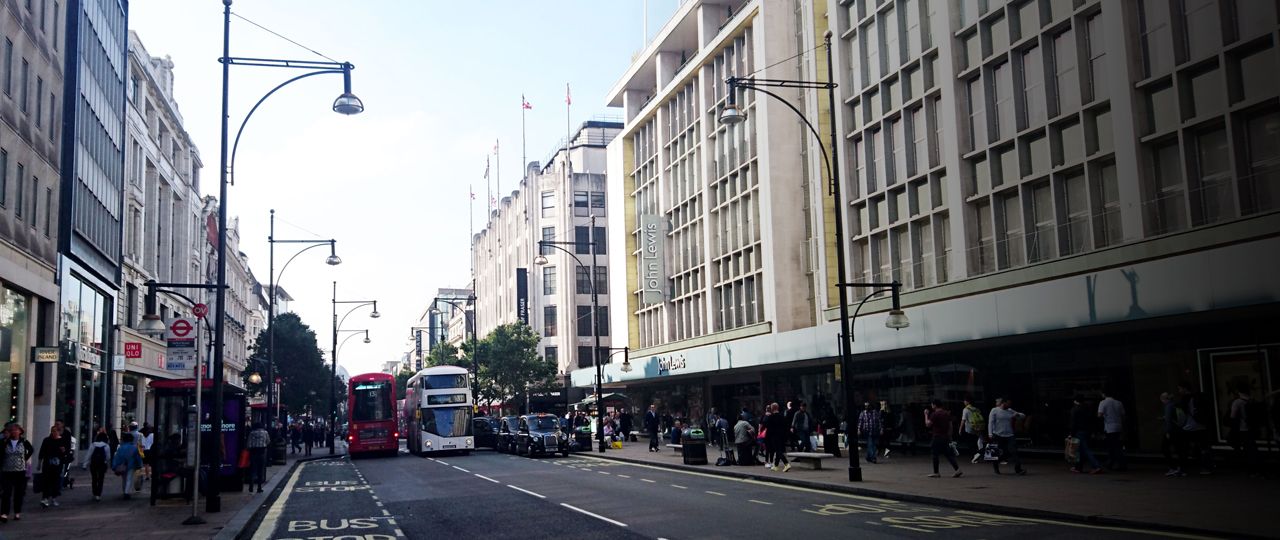
If plans to pedestrianise London’s Oxford Street go ahead, it could have a huge impact on the capital’s leading shopping street.
Mayor of London, Sadiq Khan announced the plan to make Oxford Street practically vehicle free by 2020 in a bid to reduce air pollution in the capital.
But what would the impact be of these grand plans?
The plan
While details of the exact plans are scant, City Hall has said the work would be rolled out in two stages in a bid to reduce disruption to one of the busiest streets in the country.
The aim is to link the pedestrianisation with the opening of Crossrail, which will have stations at Tottenham Court Road and Bond Street.
Most cars are currently banned from Oxford Street between 7am and 7pm every day except Sunday. The new plans would include buses and taxis in this ban. Whether any vehicles would be allowed at any time isn’t clear yet.
The work
While the mayor and his office are aware of the impact the works will have, how big an impact is not yet known. But it will have an impact. During the work for Edinburgh’s new tram line retailers reported a significant drop in footfall.
One solution is for a retail-friendly approach. This could involve joined-up working whereby a number of agencies from water to electrics work at the same time so sections only need to be worked on once.
Another is to carry out the majority of work at off-peak times for the retailers, closing up work during peak hours.
Or retailers, especially in areas like Oxford Street where many are big-name brands, could unite to press for discounted business rates during the works.
As many of the retailers are not independent stores, and therefore aren’t reliant on a single store for their success, it is felt most of the shops on Oxford Street could survive the impact of the works.
Better shopping
Oxford Street is one of the central shopping streets in the city and is famous worldwide. But for many it doesn’t live up to its reputation, with overcrowding and pollution major issues.
The main aim of the pedestrianisation project is to provide a better shopping experience. There are over 300 shops on the 1.2 mile stretch of road, accounting for 5 million sq ft of retail space and generating an annual turnover of around £5bn.
With a more pleasant shopping experience, this massive turnover could be increased.
One impact of this, though, could be an increase in rents and rates once the work is done. Oxford Street already has some of the most expensive retail space in the world. A better retail experience could see some shops priced out and other, higher-end brands coming into the street.
Buses and taxis
The big question asked by many is what happens to the buses and taxies that currently use the street as one of the city’s main East/West routes? During peak hours, around 200 buses travel up and down the street. This is the problem for both the street and the plan.
The vast number of buses means:
- Average bus speeds are little more than walking speed
- Accident rates are 35 times the average of all other London streets
- There’s a collision involving a bus in the area every 3.4 days
- Pollution levels are four and a half times the EU target
The plan is to both reduce the number of buses that use this route up until the works, and then to re-route the remainder around the pedestrian zone. A letter to the mayor by the London Assembly Transport Committee says a sizeable reduction in the number of buses using the road is needed.
The mayor was also told that innovative thinking would be needed when re-routing the buses to avoid simply moving the problem to another street.
